

Subscribe to EcoJustice Radio:
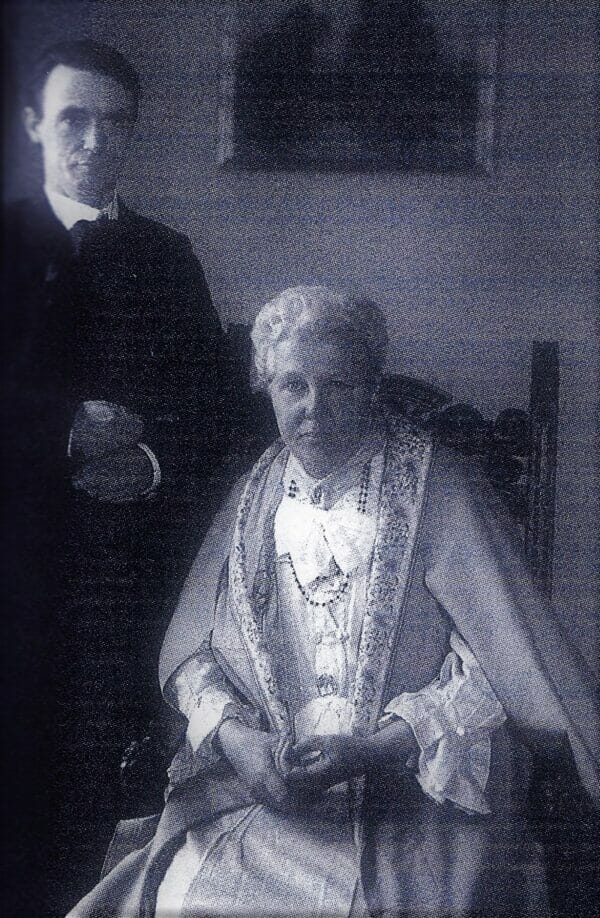

Biodynamics: The Farm as A Living Organism with Stewart Lundy
Biodynamics emerged through the work and passions of Austrian philosopher and scientist Dr. Rudolf Steiner (1861-1925). It began with his infamous lectures in 1924 which inspired farmers to a new yet ancient way of integrating scientific understanding with a recognition of spirit in nature. Stewart Lundy, Education and Media Manager of the Josephine Porter Institute for Applied Bio-Dynamics, joins EcoJustice Radio to discuss Steiner’s legacy in the advancement and growth of restorative and regenerative biodynamic agriculture.
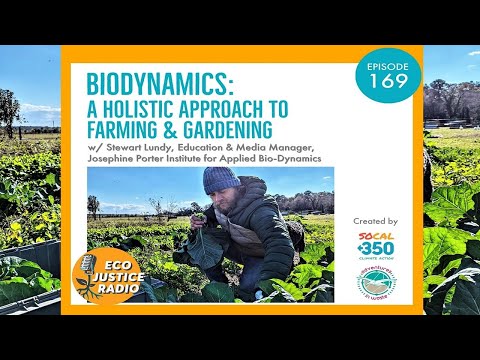
Watch this video on YouTube
Rudolf Steiner was an architect, social reformer, and esotericist, who also founded the Anthroposophical spiritual-scientific movement. Following World War I, Steiner was engaged in the Waldorf education movement which now has over 1,000 schools on six continents, biodynamic agriculture, and anthroposophical medicine.
A central aspect of biodynamics is that the farm as a whole is seen as an organism, and therefore should be a largely self-sustaining system, producing its own manure and animal feed. Plant or animal disease is seen as a symptom of problems in the whole organism. Steiner also suggested timing such agricultural activities as sowing, weeding, and harvesting to utilize the influences on plant growth of the moon and planets; and the application of natural materials prepared in specific ways to the soil, compost, and crops, with the intention of engaging non-physical beings and elemental forces. He encouraged his listeners to verify such suggestions empirically, as he had not yet done. — Wikipedia
Biodynamic agriculture is one of the first forms of modern, organic farming. Since 1920, it has evolved with the collaboration of numerous farmers and researchers globally. Biodynamic agriculture goes beyond organic, using management practices intended to restore, maintain and enhance ecological harmony. These include diversified crops, avoidance of agro-chemical soil treatments and off-farm inputs, decentralized production and distribution, and consideration of celestial and terrestrial influences on biological organisms.
STORY: Healing the World’s Ecosystems with the Soil Food Web
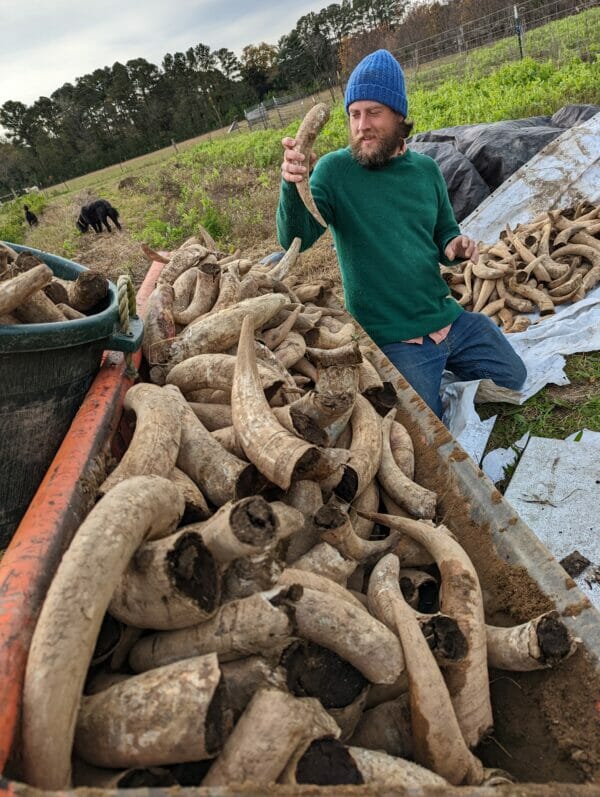
Some recommend a percentage of farm acreage — forests, riparian corridors, wetlands, and planted insectaries — be set aside as a biodiversity preserve. Diversity in crop rotation and perennial planting is required, putting living ecological systems first: no annual crop should be planted in the same field for more than two years in succession. Bare tillage year round is prohibited so land needs to maintain adequate green cover.
In his “agricultural course” Steiner prescribed nine different preparations to aid fertilization, and described how these were to be prepared. Steiner believed that these preparations mediated earthen and spiritual forces into the soil. Studies have found enhanced soil humus properties and carbon sequestration with somewhat lower yields compared with conventional farming.
Steiner advocated a form of ethical individualism, to which he later brought a more explicitly spiritual approach. He based his epistemology on Johann Wolfgang Goethe‘s world view, in which “thinking…is no more and no less an organ of perception than the eye or ear. Just as the eye perceives colors and the ear sounds, so thinking perceives ideas.” A consistent thread that runs through his work is the goal of demonstrating that there are no limits to human knowledge. — Wikipedia
Stewart Lundy notes the principles and practices of biodynamics are alive and well, thriving in thousands of gardens, farms, vineyards, ranches, and orchards. Biodynamics is accessible to anyone and its wisdom and guiding principles can be applied wherever food is grown, by thoughtfully adapting to scale, landscape, climate, and culture. Akin to the views of Indigenous peoples worldwide, biodynamics reminds us that science and the spiritual aspects of Nature are not mutually exclusive, but rather part of a holistic cosmological view.
STORY: Solving the Climate Crisis Through Global Soil Health with Didi Pershouse
For an extended interview and other benefits, become an EcoJustice Radio patron at https://www.patreon.com/ecojusticeradio
Except From the Interview on Biodynamics
Carry Kim: Many thanks for joining us on the show today. To share about the benefits of biodynamics. I would like you to start at the beginning, which is how would you define biodynamics or biodynamic agriculture?
Stewart Lundy: Well, the simplest way I’d put it goes to the word itself, which is biodynamics, which is about working with kind of the life forces undergirding what we see with our eyes, because there’s a lot of stuff under the surfaces and it’s about consciously working with life, not just the outsides of things, but their inner part. And that’s the main thing. And when you really do that in a conscious way, you realize that the vitality of Earth streams in from the cosmos, and it’s dependent on the whole, not just on a superficial reading of a soil test. By itself, there’s a quality of life that needs to be brought back to the Earth, kind of revivified. And that’s kind of the aim of biodynamics in order that human freedom can thrive worldwide.
Carry Kim: Well, it seems that one of the most challenging things for folks who’ve kind of lost their keen powers of observation and connection with nature, that these aspects that we’re talking about are really, I would say a lot of it is felt experience and it’s intangible. It’s not something that is just articulated, like you said, on an intellectual level. So I think that is one of the reasons why biodynamics, maybe people haven’t found it in the same way as permaculture has been so widespread. But there’s that other element. But I think that’s also what’s missing. It’s a key part of what modern people are missing in reconnecting with nature and these forces. We were once this way when we were animus, when we were pagan, when we were more connected to everything around us as Indigenous peoples.
Stewart Lundy: Absolutely. This grows out of a time in the early 20th century where tractors are being introduced, large scale agrochemicals, and these ways of farming are being mocked as unscientific. The uneducated peasant in rural Europe was practicing for Indigenous European practices, and they were using biochar carefully. Composting. They would stir compost and water singing to it, and then they spray that over their fields. There’s a German term for that, which is tone singing, which is a play on words. It means tone singing or also clay singing. Kind of both. But that’s what biodynamics ended up picking up, right, as almost all of this was being eradicated under the fist of scientific progress. But these are very old ways, mostly forgotten in Europe.
Carry Kim: Could you share a little about Rudolf Steiner’s original 1924 lectures that spawned biodynamics as a movement, an agricultural movement? What was the context of those lectures? I mean, you already have given the backdrop, of course. We had World War I and then burgeoning industrialization. It’s not surprising that even back then farmers were concerned about the future of farming. It’s hauntingly familiar to now.
Stewart Lundy: Well, this set of lectures was based on a promise that Steiner had made, and he kept postponing doing these lectures. He was a very busy man. But this was for Count Kaiserlink, who had a large estate, and his son finally showed up on Rudolf Steiner’s doorstep and said that he wasn’t going to go home without a promise of a specific date. Well, it worked. And Steiner finally did show up and gave these lectures. But the reason for it is that people were noticing that their food was not as good anymore, it didn’t taste as good. The seed viability was declining, and you were ending up with mass scale starvation at the time, like, millions of people were dying from malnourishment through Europe. And it was becoming a serious concern that are we going to be able to feed people if our food quality keeps declining? Out of that major concern, Steiner was called in to try to draw on esoteric ideas of how do we reintegrate deadened earth into living soil, and how do we weave the earthly realm back into the cosmos. So he brings some rather unusual sounding preparations. But the aim is to bring back to the soil things that had accumulated over eons, but to do it consciously in a human way, so that the soil has the full spectrum of life forces necessary to foster plant life, but also human development.
Carry Kim: The agriculture course, or these lectures we’re referring to from 1924, it reads Spiritual Foundations for the Renewal of Agriculture, which I personally love. I think it’s a precious title for agriculture today, because I do feel that that’s part of what’s missing from even regenerative agriculture, that there’s even that other step further. Regenerative is amazing and very much necessary, but there’s another level to this cosmic level that is this work. And it’s the same to me. It’s Indigenous agriculture as we’ve talked about, because those elements of the moon and the stars and the ancestors, all these things were all woven together. And that’s how people would farm if they did farm. There is a certain kind of mystique that surrounds Rudolf Steiner, and I’m wondering what would you like listeners to know about him, anthroposophical medicine, and the origins of biodynamics?
Stewart Lundy: Well, one of Steiner’s key concerns is freedom for all individuals. He developed what he called ethical individualism, which is not an antisocial impulse, but that the freedom of society is going to depend on every individual being free to express themselves and follow their own individual path. His book, which is originally titled The Philosophy of Freedom, but became Intuitive Thinking as a Spiritual Path, that he said in one of his lectures that if everything else that he put together was lost, he would want that one to be preserved. That particular book, but anthroposophy is about getting beyond the merely materialistic scientific climate at the time. I mean, you had scientific, materialist Marxism at the time that saw everything as just atoms bumping into each other, purely materialistic dialectic. And this is kind of a response to it, to try to bring back the spiritual element, the life element, back into these things. So that’s where it came from. And the term itself that Steiner uses is anthroposophy, which is really human wisdom, or the wisdom of being human, really. How do we belong to the world again, rather than acting like complete strangers to it?
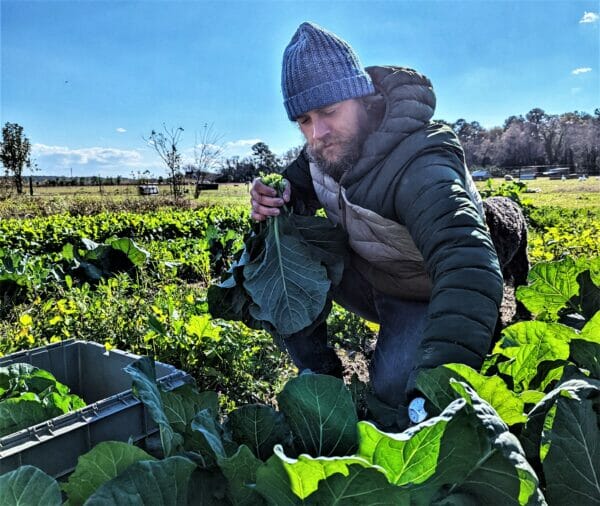
Stewart Lundy is a biodynamic farmer in Virginia where he raises cattle and sheep and runs a small market garden with his wife Natalie. Together they have been farming since 2010. He consults with regenerative growers around the world. The Josephine Porter Institute is a national producer and distributor of biodynamic preparations – the enlivening forces that work dynamically within the soil, compost, and plants to ultimately provide us with healthier foods, healthier bodies, and a healthier planet.
Carry Kim, Co-Host of EcoJustice Radio. An advocate for ecosystem restoration, indigenous lifeways, and a new humanity born of connection and compassion, she is a long-time volunteer for SoCal350, member of Ecosystem Restoration Camps, and a co-founder of the Soil Sponge Collective, a grassroots community organization dedicated to big and small scale regeneration of Mother Earth.
MORE INFO
https://www.perennialroots.com/media
Podcast Website: http://ecojusticeradio.org/
Podcast Blog: https://www.wilderutopia.com/category/ecojustice-radio/
Support the Podcast: Patreon https://www.patreon.com/ecojusticeradio
PayPal https://www.paypal.com/donate/?hosted_button_id=LBGXTRM292TFC&source=url
Executive Producer and Intro: Jack Eidt
Hosted by Carry Kim
Engineer and Original Music: Blake Quake Beats
Episode 169
Published 27 March 2023, Updated 27 June 2023

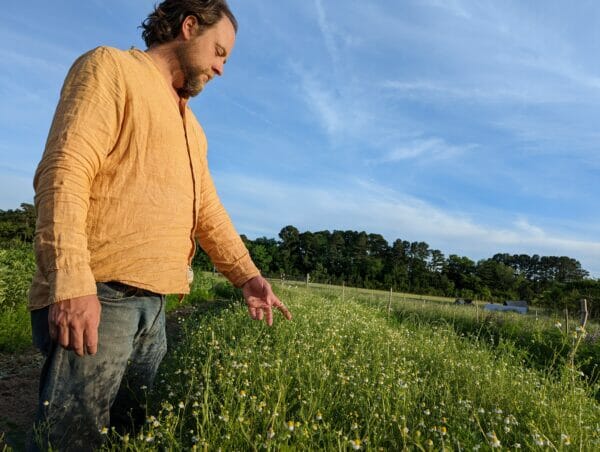


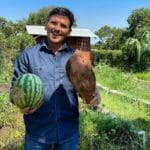
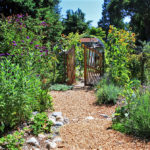
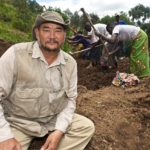
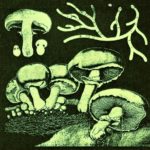






Pingback: Dr. Elaine Ingham: Soil Food Web and Regeneration - WilderUtopia